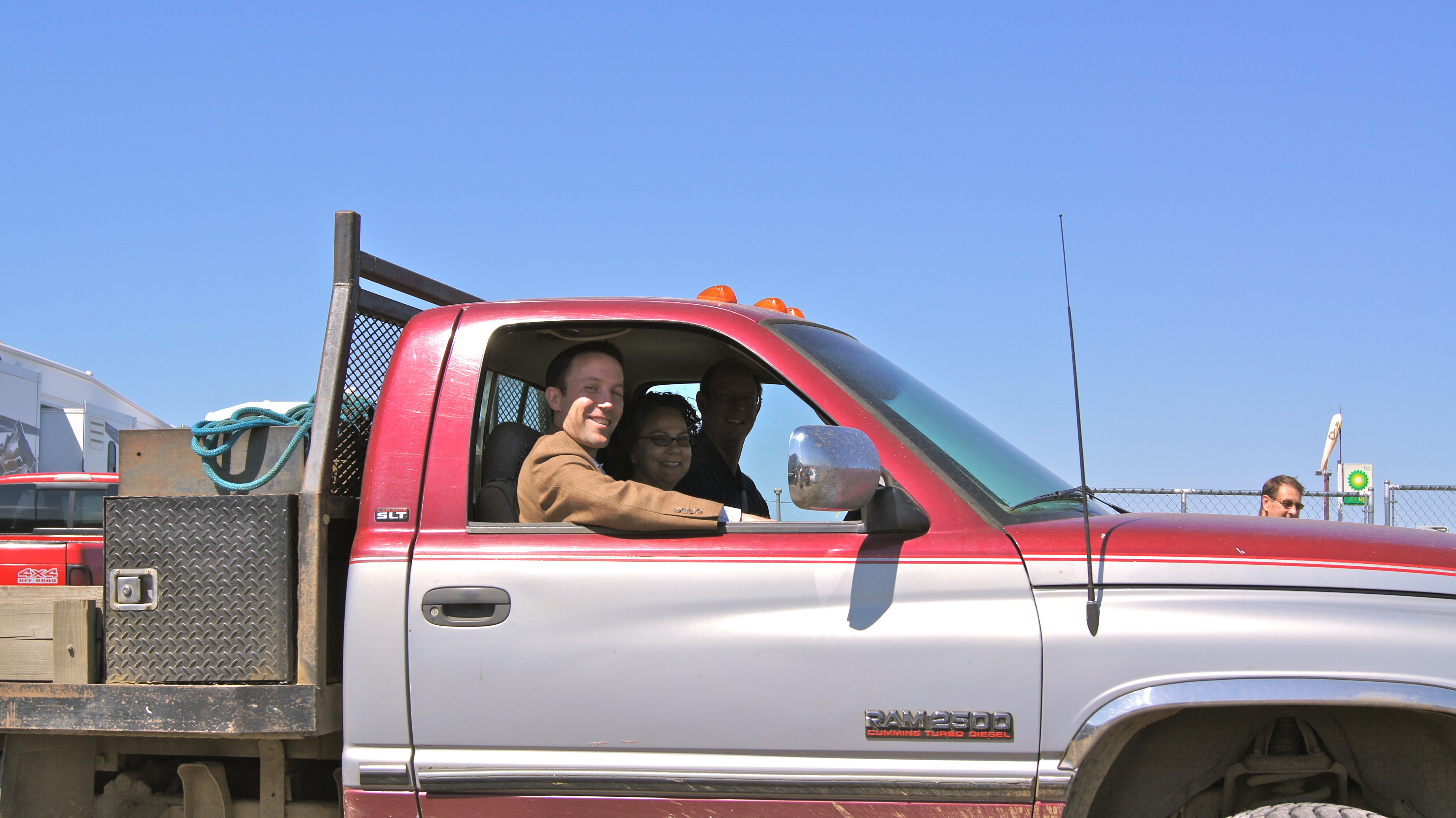
As a forester, I have always believed that smart, common sense initiatives to conserve our lands and waters go hand-in-hand with growing our economy and creating jobs. Under President Obama's leadership, the health of our natural treasures and the communities and economies that they support has seen robust advancement. On a recent fact finding trip to John Day Oregon, I saw this support firsthand. On the Malheur National Forest, a collaborative partnership between local businesses, local government, the Federal Government and conservation groups has restored forest health and reduced wildfire threat while sustaining the local forest products industry and starting a local clean energy market. This allowed a local lumber company to add infrastructure and retain and create new jobs equal to six percent of the non-farm workforce in Grant County. This new clean energy industry is estimated to reduce energy costs by $4.4 million across the regional economy.
This rural economic development success in John Day demonstrates the interdependence of a healthy environment and a strong economy and the good things that happen when local communities and the Federal Government work collaboratively to solve complex problems. This approach is a cornerstone of the President's America's Great Outdoors Initiative (AGO), a 21st century conservation agenda built in partnership with the American people, and reinforces the work of the White House Rural Council.
Established to improve rural economic opportunity and quality of life, the Rural Council is tasked with finding opportunities to enhance collaboration for Federal investments so that innovative developments like the one in Oregon can find success across the country. Throughout August the President and the White House Rural Council have been engaging local leaders in rural America to hear directly from them about the issues and actions that matter to them most.
Rural Americans arguably have one of the strongest ties to, and often live off of, the land which motivates innovative solutions to complex problems. This infrastructure success in John Day represents what the President’s Rural Council will learn and build from and look to repeat across the country: an amazing bottom line of protecting the environment, reducing wildfire threat, creating clean energy, promoting energy independence, and adding local jobs, all while diversifying and strengthening the regional economy. Below local residents in Oregon share their views on how this collaboration with the Federal Government has made a difference for their communities and economy.
Jay Jensen is Associate Director for Land and Water Ecosystems at the White House Council on Environmental Quality
Posted by Cassandra Moseley:
Grant County is a dramatic, arid landscape where, for generations, people have made their livelihoods working the land. But by the late 1990s, battered by a changing global economy and a two-decade conflict over federal land management, businesses had closed, jobs disappeared, and many families had left. In the early-2000s, looking for new solutions, community leaders decided it was time to talk instead of yell. They reached out to their neighbors, environmentalists, and timber industry representatives. These conversations turned into collaboration and then into innovation. They found a willing partner in the U.S. Forest Service. In 2009, the Forest Service's Malheur National Forest began awarding innovative stewardship contracts to implement their restoration projects. Federal investments in forest restoration in Oregon create jobs and these investments create even more jobs when the byproducts of restoration – small trees – are turned into value-added products and energy.
With ecological goals at the forefront, the harvested trees are small. To take advantage of this new timber supply, folks again innovated. The Malheur Lumber Company partnered with an energy company to integrate a new pellet and biobrick facility into their sawmill. With little private financing available, they used a USDA Recovery Act grant, New Market Tax Credits, and other federal programs to fund construction. Today, these products are helping to cleanly heat homes, the local airport, and hospital, while reducing heating costs, decreasing dependence on foreign oil, and creating jobs.
The President's proposed fiscal year 2012 Forest Service budget would accelerate similar innovation in communities like Grant County. By combining line items that contribute to restoration, this modernized budget structure would allow the agency to break out of its silos, address complex problems, integrate restoration and job creation, and improve partnerships.
Cassandra Moseley is the Director of the Ecosystem Workforce Program and Institute for a Sustainable Environment at the University of Oregon
Posted by Maia Enzer and Chad Davis:
Transforming our economy while stewarding vast landscapes requires local, regional and national partnerships. That is why Sustainable Northwest and our partners launched the Dry Forest Investment Zone, an initiative catalyzed by the U.S. Endowment for Forestry and Communities' $2 million investment to build strong forest-based rural economies.
Public and private partnerships are critical to achieving results in rural communities. The addition of a pellet mill at Malheur Lumber Company in John Day is a great example. Supply is secured through forest restoration projects. Pellets are being used as a source of renewable energy to provide heat at several community facilities. The use of wood pellet fuel reduces energy costs and offsets the consumption of imported petroleum-based heating fuels keeping dollars spent on local energy.
Throughout our history, rural America has been a stronghold of innovation and resilience. We hope the Rural Council will glean successful models from the entrepreneurial vision of communities like John Day. We need strong conservation-based rural economies. Rural America is where our food, fiber and energy come from, it's where we vacation, and it’s these places that our art and music celebrate. Ultimately, it's these places that will define the future of America.
Maia Enzer is the Policy Director and Chad Davis is the Forest Stewardship Director at Sustainable Northwest



